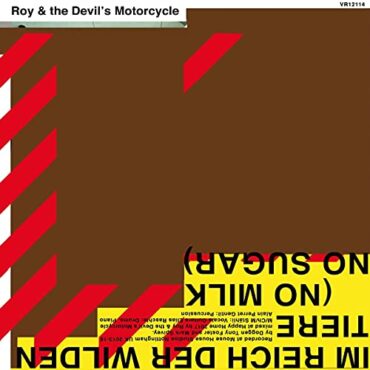REPRISE
 Reprise Records was formed 1960 by Frank Sinatra in order to allow more ‘artistic freedom’ for his own recordings. Fellow “Rat Pack” members Dean Martin and Sammy Davis Jr. also moved to the label. Reprise was sold to Warner Bros. Records in 1963, making it the parent company for the label ever since. Reprise is still operated with artistic control for its artists in mind, though it has had expanded responsibilities as a distributor for other Warner Music Group labels at times (i.e. Sire Records Company, Tommy Boy Music).
Reprise Records was formed 1960 by Frank Sinatra in order to allow more ‘artistic freedom’ for his own recordings. Fellow “Rat Pack” members Dean Martin and Sammy Davis Jr. also moved to the label. Reprise was sold to Warner Bros. Records in 1963, making it the parent company for the label ever since. Reprise is still operated with artistic control for its artists in mind, though it has had expanded responsibilities as a distributor for other Warner Music Group labels at times (i.e. Sire Records Company, Tommy Boy Music).
Reprise releases have some distinct label features – in order of occurrence:
• 3-color (green quadrant above yellow) ‘steamboat’ label. Also ‘Pop series’ with Reprise descriptor in a hatched black rectangle. Warner Bros. Records Inc text at foot. (Pye distributed in UK prior to CBS). (Also note use of same Pye Tri-label for post-Pye, using a black overstamp on Pye data: Pye Tri (1968) vs Overstamped Tri (1969)
• 3-color (mauve quadrant above yellow) after Pye departure.
• 2-color (orange segment above yellow) ‘steamboat’ in orange field, with Warner 7Arts ‘W’ & Reprise circular logos. Reprise Records a division of Warner Bros. Seven Arts text. (circa early 1969)
• 1-color (tan label) ‘steamboat’ at top, beside Reprise logo in square red box. Reprise Records a division of Warner Bros. text (circa 1971). Outside US a ‘K’ (for Kinney) cat# prefix may appear.
• 1-color (tan label) as above but 3300 Warner Blvd & Warner Comms text – that includes a small black ‘W’ (in lozenge) logo (effected in 1974).
For an overview check the given links from vinylbeat and bsnpubs below.
Please note that some US cassettes and 8-tracks have a REP code on the spine or elsewhere near or above the catalogue number. This is not part of the catalogue number and should not be entered as such. Instead, it’s a label identification code and may be entered in the Barcode and Other Identifiers fields in Other.
Please beware when dealing with early 1990’s promotional CDs from Reprise Records without front sleeves. They often have a generic copyright year of “©1990” in spite of the releases often not being written until some years after. This seems to be an issue with promotional CDs from 1991 to 1995.
Showing all 12 results
Showing all 12 results













